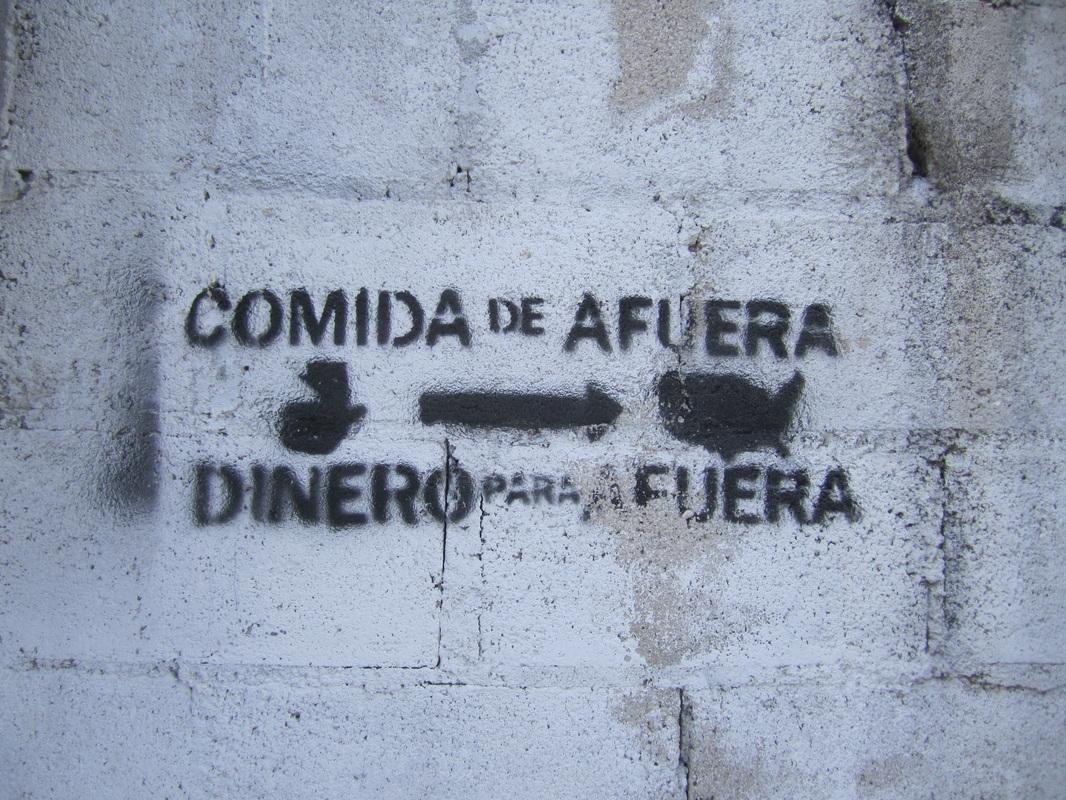Tzeltal and Tzotzil Farmer Knowledge and Maize Diversity in Chiapas, Mexico
Peasants, Capitalism, and (Ir)Rationality
The Cosmologies of Coca-Cola and Tesguino: Fluid Signs of Commodity Fetishism
Migration and Agricultural Change: The Case of Smallholder Agriculture in Highland Ecuador
Land and leña: linking transnational migration, natural resources, and the environment in Guatemala
| What I want to study, basically, is the way the modern food system – large scale, petroleum dependent, monocultures – is replacing smallholder peasant agriculture in the developing world. Most peasants leaving farming are doing so because it has stopped being an economically viable strategy. In Mexico, for example, the flood of subsidized US corn after NAFTA made it impossible to grow corn for a profit. But even if the causes are economic, the effects go beyond that. Syncretic crosses in San Juan Chamula, Mexico. They are painted green and decorated with pine to represent the tree at the center of the world - a motif that goes back to Classic Maya times, and is often represented as a cornstalk. | A cooperative permaculture project on collectively owned land at a place called Quixaya, in Guatemala. For many indigenous peoples in Latin America, farming is the source of the most basic cultural and religious metaphors, and the human lifecycle symbolically linked to the cycle of the corn fields. If farming stops being the center of life in a literal way, what does that mean for the culture that farming was part of? And what kinds of knowledge, techniques, and seed diversity will persist despite changing economic realities? Graffiti outside a corporate grocery chain store in Guatemala. It says "Food from abroad, money to abroad". Anyways, that’s what I’ve been thinking about while I’ve been in the garden lately. Trying to connect to the plants and to the work, and considering the ways that other places there are many people trying, in different ways, to maintain close human relationships with their food and land. << Centuries-old terraces outside San Antonio Palopo, Guatemala |





 RSS Feed
RSS Feed